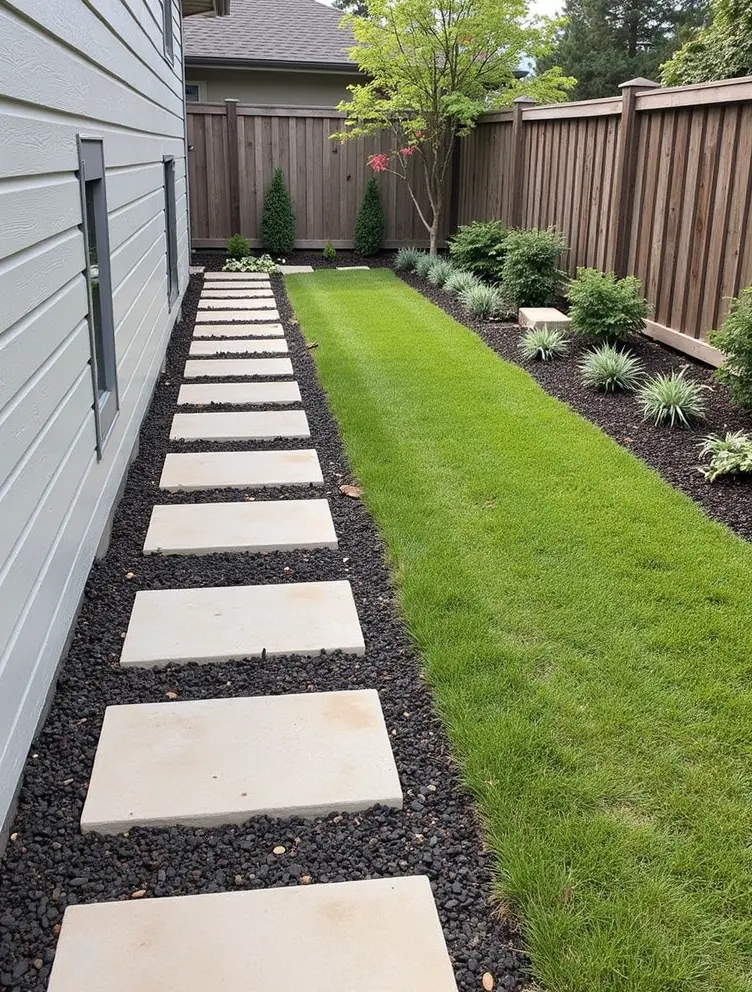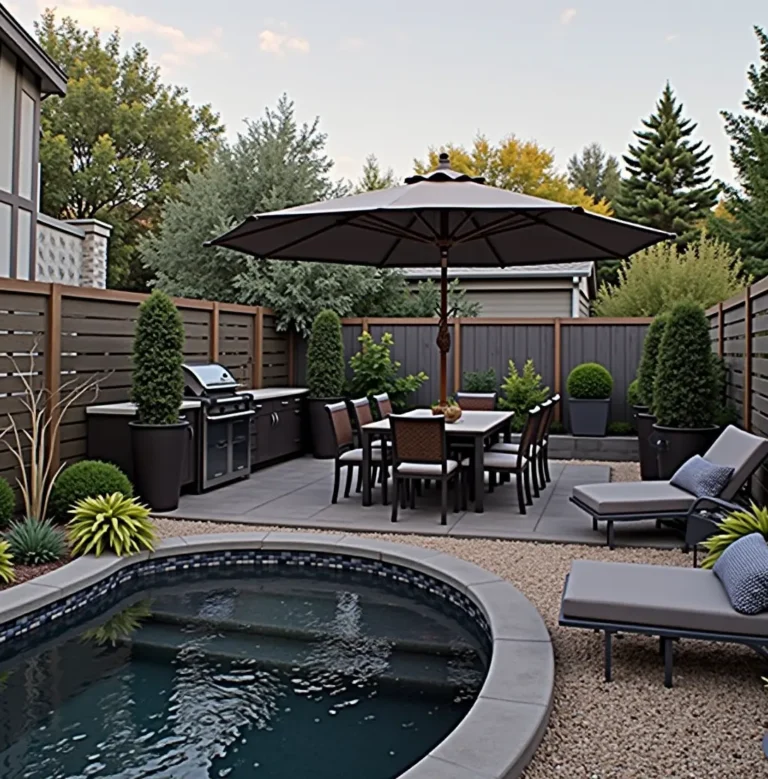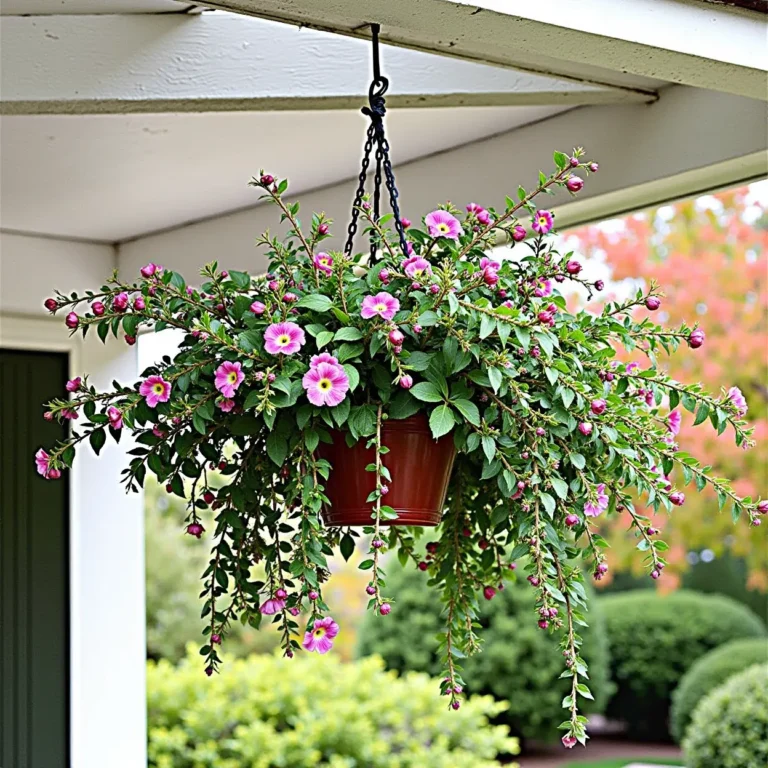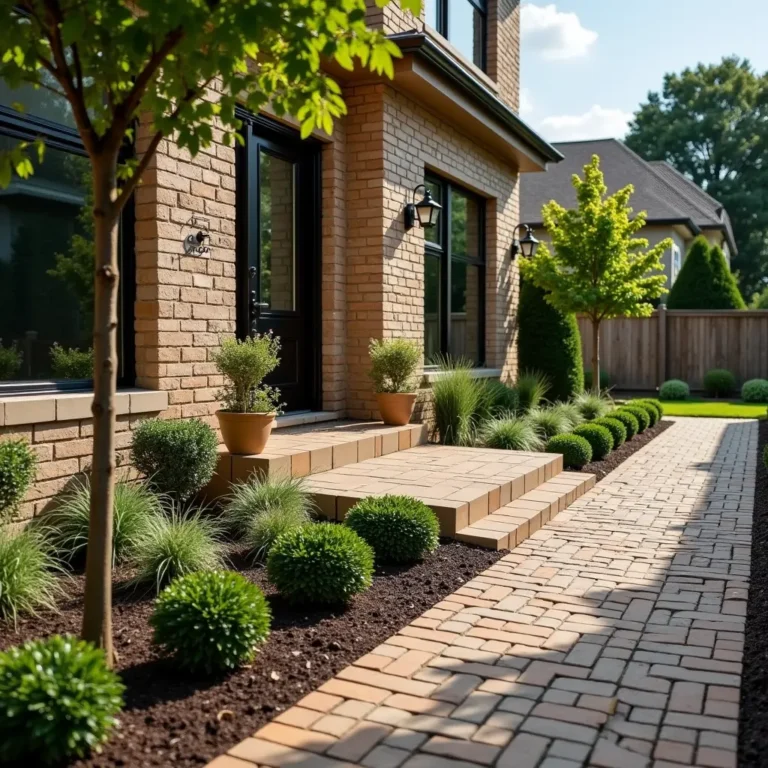Essential Guide to Effective Chimney Cleanout Practices
Essential Guide to Effective Chimney Cleanout Practices
Have you ever gathered around a warm, crackling fire on a chilly evening, the smell of wood smoke filling the air, while visions of cozy nights danced in your mind? A clean chimney is crucial for ensuring that your fireplace remains a safe and enjoyable centerpiece of your home. In this essential guide, we’ll explore effective chimney cleanout practices that will not only keep your fireplace in optimal condition but will also enhance your overall home safety.
The Importance of Regular Chimney Maintenance
Imagine this: It’s a cold winter evening, and you’ve just lit a fire in your beautifully designed fireplace. However, unbeknownst to you, a buildup of soot and creosote has formed in your chimney. Suddenly, your cozy atmosphere is turned into a harrowing scenario, where a chimney fire threatens your sanctuary. This is why regular chimney cleanouts are more than just a chore; they’re an essential part of home maintenance.
According to the National Fire Protection Association (NFPA), an estimated 25,000 chimney fires occur annually in the U.S., and the leading cause is neglected maintenance. By observing best practices for chimney cleanout, you can protect your home and loved ones from potential disasters.
When to Clean Your Chimney
One of the frequently asked questions is, “How often should I clean my chimney?” The answer largely depends on how frequently you use your fireplace. Here are some general guidelines:
- For regular use (more than once a week): Clean your chimney at least once a year.
- If you use it less frequently: Clean it every two years.
- After using unseasoned wood: Schedule an inspection and cleaning, as this type of wood leaves more creosote buildup.
DIY Chimney Cleanout: Step-By-Step
If you’re feeling adventurous and want to take on the task yourself, here’s a straightforward process for effective chimney cleanout:
1. Gather Materials
- Chimney brushes (appropriate size for your chimney)
- Extension rods
- Drop cloths
- Safety goggles and a mask
- Vacuum with a HEPA filter
2. Prepare Your Space
Lay down drop cloths around the fireplace to catch any soot or debris that may fall during the cleaning process.
3. Access the Chimney Top
Using a ladder, safely ascend to the top of your chimney. Make sure to have someone assist you if needed, ensuring safety at all times.
4. Brush the Chimney
Attach chimney brushes to one end of the extension rods. Begin scrubbing the inside of the flue from the top down, combining upward strokes with downward motions to effectively dislodge debris.
5. Vacuum the Debris
As you clean, use a vacuum equipped with a HEPA filter to capture soot and particles, minimizing mess in your living area.
6. Inspect Your Work
Once you’re done, double-check the flue for any remaining blockages or damage. If you notice anything unusual, it’s best to call in a professional.
Hiring a Professional Chimney Sweep
If the idea of DIY cleaning seems daunting, or if you’re not comfortable on a roof, hiring a professional chimney sweep is a viable alternative. Professionals come equipped with the knowledge, expertise, and specialized tools to ensure thorough cleaning and inspection.
When selecting a chimney sweep, make sure they are certified by the Chimney Safety Institute of America (CSIA) or a similar recognized organization. Check reviews and get multiple quotes to ensure you choose a reputable service.
Safety Tips for Chimney Cleaning
Before diving into chimney cleaning, consider these safety tips:
- Wear protective gear including goggles and a mask.
- Ensure your workspace is well-ventilated.
- Never clean a chimney while it’s still hot. Make sure it’s completely cold.
- Have someone nearby to assist you during the cleaning.
Conclusion
Maintaining a clean chimney not only prolongs the life of your fireplace but also ensures the safety of your home. Whether you choose to tackle the job yourself or hire a professional, understanding the importance of regular chimney cleanouts is essential. By following the guidelines laid out in this article, you will create a warm, inviting, and safe environment for you and your loved ones.
Frequently Asked Questions
What is creosote?
Creosote is a flammable byproduct that forms on the walls of your chimney when you burn wood. It can lead to chimney fires if not removed regularly.
How do I know if my chimney needs cleaning?
If you notice a strong odor from your fireplace, see dark soot at the top of the flue, or have difficulty starting a fire, it may need cleaning.
Can I use my fireplace if the chimney is dirty?
Using a fireplace with a dirty chimney is not safe. Always clean the chimney before use to reduce fire hazards.
What tools do I need for chimney cleaning?
Essential tools include chimney brushes, extension rods, drop cloths, a vacuum, safety goggles, and a mask.
Is it necessary to hire professionals for chimney cleaning?
While some homeowners prefer to clean their chimneys themselves, hiring a certified professional ensures a thorough inspection and cleaning.
“






